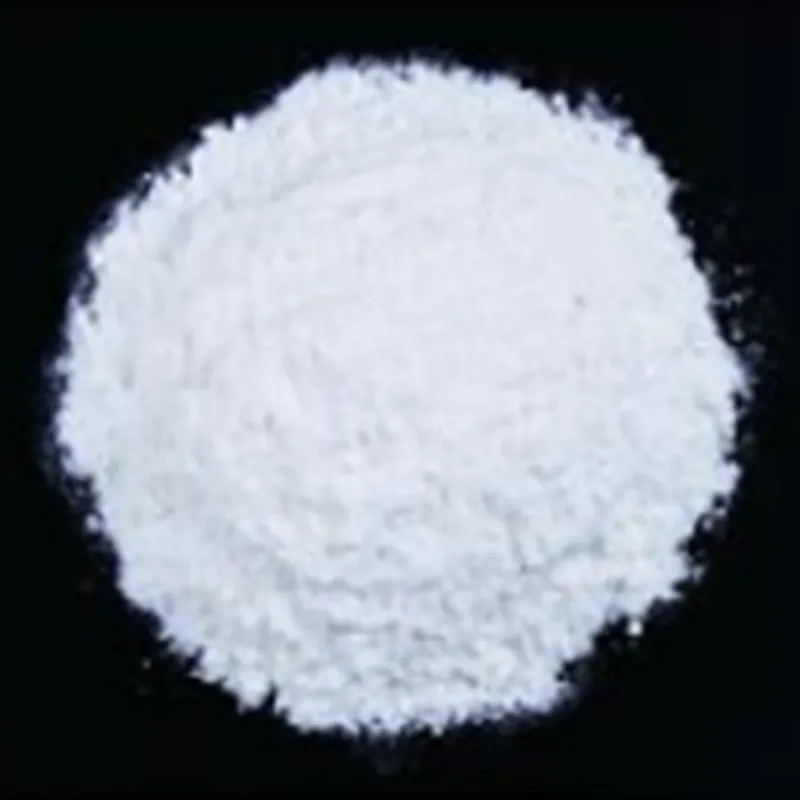
aspartame what is it made of
Aspartame What Is It Made Of?
Aspartame is one of the most widely used artificial sweeteners in the world today. Known for being low in calories while providing sweetness comparable to sugar, aspartame has found its way into countless products, from diet sodas to sugar-free gum and even various food items labeled as “light” or “diet.” While many people are familiar with its taste and common applications, fewer may know what aspartame is made of and how it gets into our favorite foods and beverages.
At its core, aspartame is a dipeptide methyl ester, a compound formed from two amino acids aspartic acid and phenylalanine. These amino acids are naturally occurring and are fundamental building blocks of proteins in the human body. Aspartic acid is a non-essential amino acid, meaning our bodies can produce it, while phenylalanine is an essential amino acid that must be obtained through diet. Each amino acid contributes specific properties to aspartame, including its sweetness and metabolic behavior.
When aspartame is consumed, it is broken down into its constituent components. In addition to aspartic acid and phenylalanine, the breakdown also releases methanol, a type of alcohol. Methanol occurs naturally in many fruits and vegetables, but this decomposition has raised concerns among some consumers about the safety of aspartame. However, the quantities of methanol produced from aspartame consumption are relatively small and are comparable to the amounts obtained from consuming fruit juices or other natural sources.
The sweetness of aspartame comes from its structure. It is approximately 200 times sweeter than sucrose (table sugar), meaning that only a small quantity is needed to achieve a similar level of sweetness. This high sweetness intensity allows food manufacturers to create lower-calorie products without sacrificing flavor. Aspartame is particularly popular in beverages, where it can replace sugar without adding significant calories. This characteristic has made it a favorite among weight-conscious consumers and those managing diabetes.
aspartame what is it made of

The chemical composition of aspartame also plays a role in its stability. While aspartame is stable under acidic conditions, it can degrade under high temperatures or prolonged exposure to light. This factor limits its use in baking or cooking at high temperatures, as the sweetening properties can diminish. Consequently, aspartame is best suited for cold applications, such as soft drinks and desserts that do not require heating.
Health concerns related to aspartame have been a topic of extensive research and debate. Some studies have suggested potential links between aspartame and health issues such as headaches, allergic reactions, and even neurological disorders. However, major health organizations, including the U.S. Food and Drug Administration (FDA) and the World Health Organization (WHO), have concluded that aspartame is safe for consumption in moderate amounts. The acceptable daily intake (ADI) established for aspartame is set at 50 mg per kilogram of body weight in the United States and 40 mg per kg in some other countries. For the average adult, this would equate to a significant amount of aspartame consumption daily, far beyond what most regularly consume.
Despite its extensive presence in the market, the debate surrounding aspartame continues, especially as consumers become more health-conscious and aware of food additives. Many people are turning to natural alternatives, such as stevia or monk fruit extract, which are perceived as healthier or safer options. Amidst these trends, aspartame remains a staple in the food industry, offering a cost-effective solution for sugar reduction while appealing to those seeking to manage caloric intake.
In conclusion, aspartame is a complex compound made up of two amino acids, aspartic acid, and phenylalanine, along with a methyl ester group. While it provides sweetness without calories, it also raises questions about safety and health impacts, leading to ongoing discussions in nutritional science and food manufacturing. Understanding what aspartame is made of can help consumers make informed choices about the products they choose to consume.
-
nitrile-rubber-honoring-strict-production-standardsNewsAug.22,2025
-
aspartame-ingredients-honoring-food-safety-valuesNewsAug.22,2025
-
fertilizer-for-balanced-plant-nutritionNewsAug.22,2025
-
cyanide-gold-processing-with-high-purity-additivesNewsAug.22,2025
-
formic-acid-in-textile-dyeing-applicationsNewsAug.22,2025
-
aluminum-hydroxide-gel-in-skincare-productsNewsAug.22,2025
-
Regulatory Compliance for Global Mining Chemicals UseNewsAug.12,2025
Hebei Tenger Chemical Technology Co., Ltd. focuses on the chemical industry and is committed to the export service of chemical raw materials.
-

view more DiethanolisopropanolamineIn the ever-growing field of chemical solutions, diethanolisopropanolamine (DEIPA) stands out as a versatile and important compound. Due to its unique chemical structure and properties, DEIPA is of interest to various industries including construction, personal care, and agriculture. -

view more TriisopropanolamineTriisopropanolamine (TIPA) alkanol amine substance, is a kind of alcohol amine compound with amino and alcohol hydroxyl, and because of its molecules contains both amino and hydroxyl. -

view more Tetramethyl Thiuram DisulfideTetramethyl thiuram disulfide, also known as TMTD, is a white to light-yellow powder with a distinct sulfur-like odor. It is soluble in organic solvents such as benzene, acetone, and ethyl acetate, making it highly versatile for use in different formulations. TMTD is known for its excellent vulcanization acceleration properties, which makes it a key ingredient in the production of rubber products. Additionally, it acts as an effective fungicide and bactericide, making it valuable in agricultural applications. Its high purity and stability ensure consistent performance, making it a preferred choice for manufacturers across various industries.





